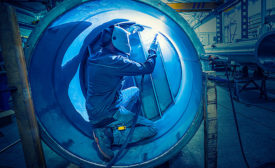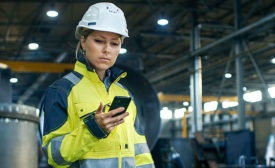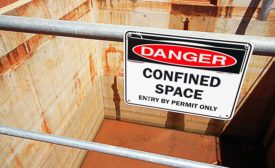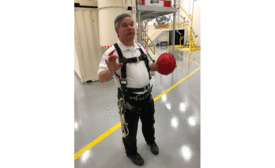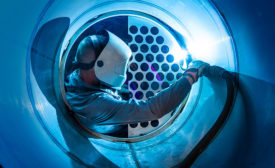Home » confined space
Articles Tagged with ''confined space''
Regular air quality tests of confined spaces identify new hazards
Enter at your own risk
March 22, 2021
Assessing the “ins and outs” of confined spaces
What’s going on in there?
November 3, 2019
Become a Leader in Safety Culture
Build your knowledge with ISHN, covering key safety, health and industrial hygiene news, products, and trends.
JOIN TODAYCopyright ©2025. All Rights Reserved BNP Media.
Design, CMS, Hosting & Web Development :: ePublishing


